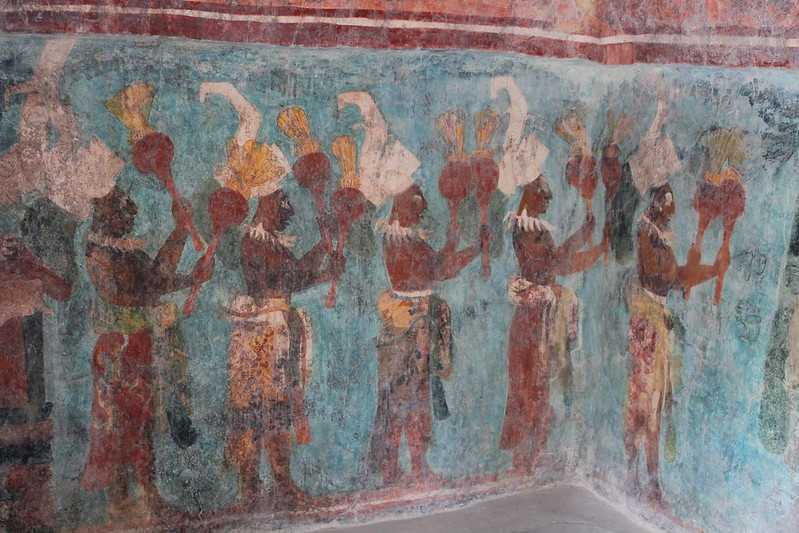The Ancient Mayans, a Mesoamerican civilization that flourished in Central America from 2000 BC to 250 AD, are renowned for their impressive achievements in art, architecture, mathematics, calendar-making, and astronomy. Known for their intricate hieroglyphic writing, the Mayans were also deeply religious, with a complex pantheon of gods and a ritualistic culture that included animal and human sacrifices. Their society was hierarchical, with clear distinctions between the nobility and commoners, and their interactions with neighboring civilizations like the Aztecs and Incas offer intriguing insights into the dynamics of ancient Mesoamerican cultures.
Get your dose of History via Email
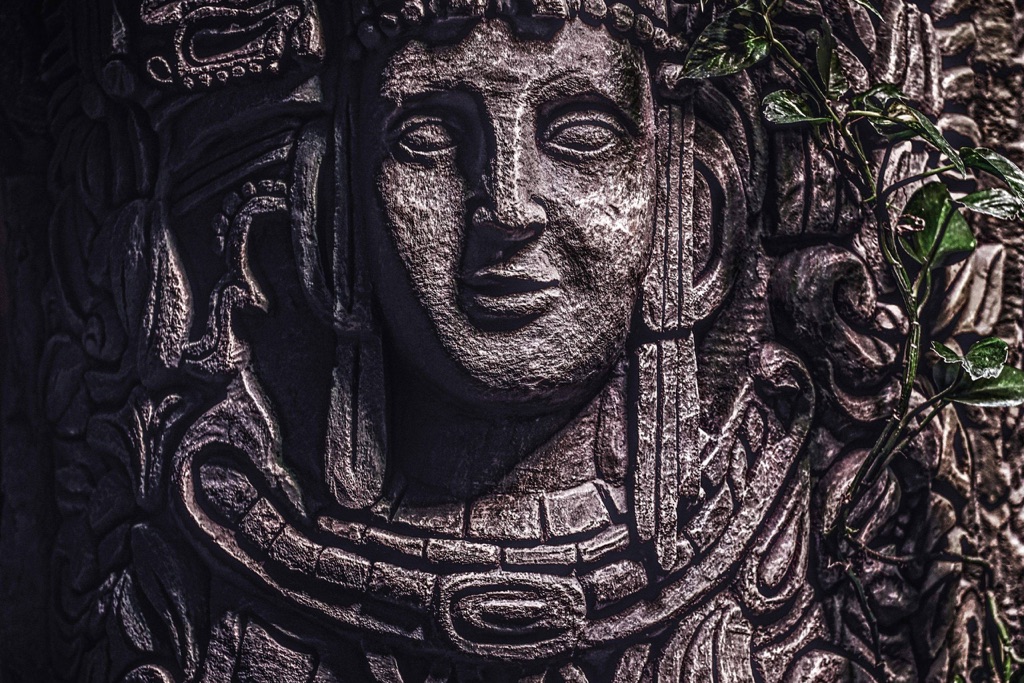
How many gods did the Maya have?
The Ancient Mayans were polytheistic, with a pantheon that included more than 150 gods and goddesses. Each deity had a specific domain, ranging from agriculture and fertility to war and death. The supreme god was Itzamná, the creator deity and patron of learning and writing. Kukulkan, the feathered serpent, was another important god, symbolizing the union of the heavens and the earth.
Interestingly, the Mayans did not view their gods as wholly benevolent or malevolent. Instead, each deity had both positive and negative aspects, reflecting the complexities of life and nature. For instance, Chaac, the rain god, could bring both life-giving showers and destructive storms.
The Mayans also believed in a number of nature spirits and supernatural beings, including the Aluxes, small elf-like creatures that could bring good fortune or mischief. The Mayan pantheon was fluid, with gods often merging, splitting, or changing roles over time, reflecting the dynamic nature of Mayan religious beliefs.
Mayan religious practices were closely tied to their calendar and astronomical observations. They held ceremonies and festivals to honor their gods at specific times of the year, often aligned with celestial events like solstices and eclipses. Temples and pyramids were built as sacred spaces for worship, often aligned with astronomical phenomena.
The Mayans believed that pleasing their gods was essential for maintaining balance in the world and ensuring the survival of their civilization. This belief led to a variety of rituals, including offerings, prayers, dances, and sacrifices.
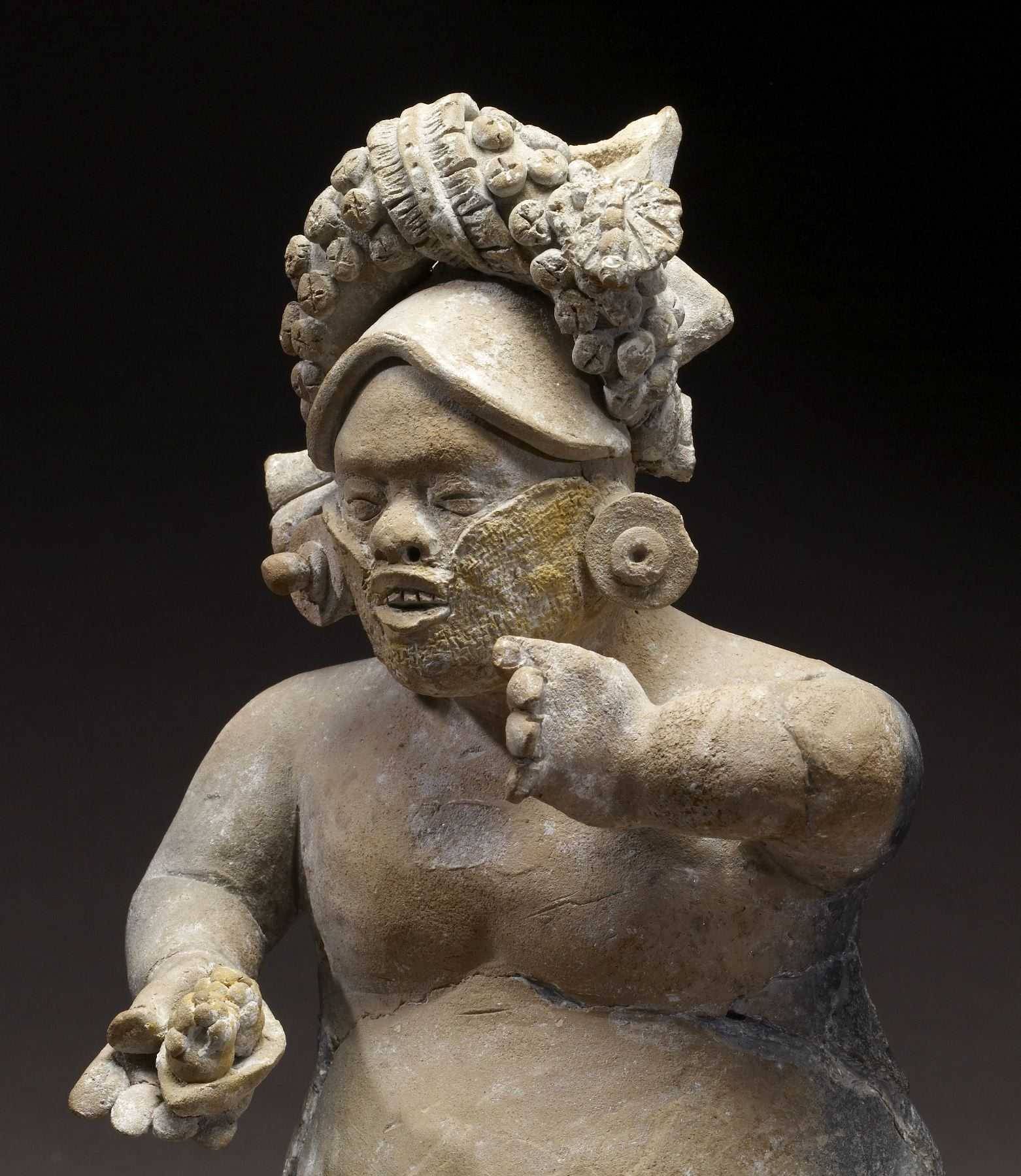
What animals did the Ancient Mayans sacrifice?
Animal sacrifice was a common practice in Mayan religious rituals. The Mayans believed that the gods required nourishment in the form of sacrifices, and animals were often offered as a form of propitiation. The types of animals sacrificed varied, but they typically included birds, dogs, jaguars, and deer.
Birds, particularly quails, were commonly used in sacrificial rituals due to their association with the sky and the gods. Dogs, considered guides for the souls of the dead, were often sacrificed during funerary rites. Jaguars, revered for their strength and stealth, were sacrificed in rituals related to war and the hunt.
Deer, associated with the maize god and fertility, were often sacrificed during agricultural festivals. The Mayans believed that the sacrifice of a deer would ensure a bountiful harvest and the continued fertility of the land.
It’s important to note that animal sacrifice was not a casual act. The Mayans viewed it as a sacred duty, performed with great care and solemnity. The animals were often raised specifically for sacrifice, and the rituals were conducted by priests who had undergone rigorous training and purification rites.
Despite the seemingly harsh nature of these practices, the Mayans believed that animal sacrifice was a necessary part of maintaining the cosmic order and appeasing the gods. It was a deeply ingrained part of their religious and cultural identity.
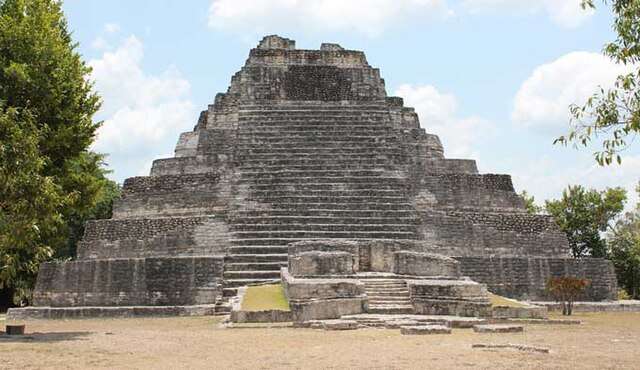
Did the Maya sacrifice human beings?
Human sacrifice was indeed a part of Mayan religious practices, although it was not as widespread or frequent as often portrayed in popular culture. The Mayans believed that human blood was the ultimate offering, the most potent nourishment for their gods. As such, human sacrifice was reserved for the most important rituals and ceremonies.
The victims of human sacrifice were often prisoners of war, but they could also be members of Mayan society, selected for their physical beauty or nobility. The methods of sacrifice varied, but they often involved heart extraction, decapitation, or throwing the victim into a cenote, a natural sinkhole.
One of the most famous instances of human sacrifice in Mayan culture is the Sacred Cenote at Chichen Itza, where numerous human remains have been found. The victims were often young men and women, and their sacrifice was believed to please the rain god, Chaac, ensuring rainfall and a successful harvest.
Despite its grisly nature, human sacrifice was seen by the Mayans as a necessary act of devotion, a way to maintain the balance of the universe and ensure the favor of the gods. It was a complex ritual, performed with great ceremony and reverence.
It’s crucial to understand that human sacrifice, while a part of Mayan culture, was not its defining feature. The Mayans were also great builders, astronomers, mathematicians, and artists, and their civilization was marked by many achievements beyond their religious practices.
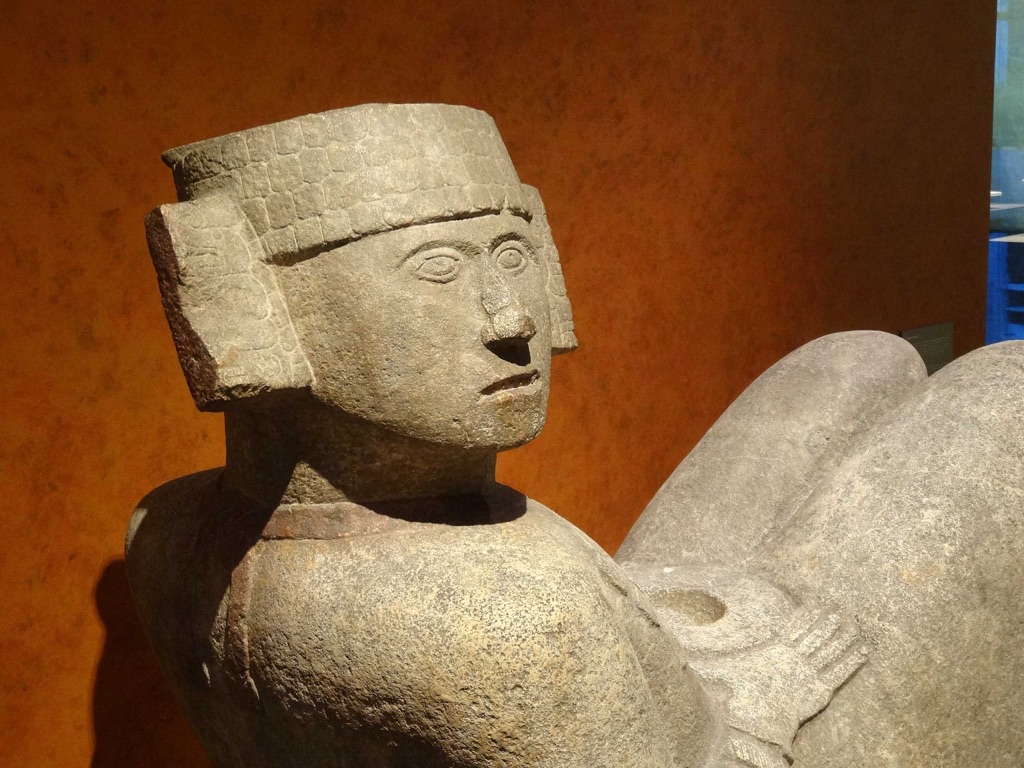
Did the Mayans have slaves?
Slavery did exist in Mayan society, but it was different from the chattel slavery commonly associated with the term. Mayan slaves were not property to be bought and sold. Instead, they were individuals who had fallen into debt, committed crimes, or been captured in war.
Slaves in Mayan society had certain rights. They could own property, marry free individuals, and even buy their freedom. Their children were not automatically born into slavery, breaking the cycle of generational bondage common in other forms of slavery.
Despite these rights, slaves were still at the bottom of the Mayan social hierarchy. They were often used for hard labor, particularly in construction and agriculture. They were also used as sacrificial victims in religious rituals, particularly in times of crisis or disaster.
While slavery was a part of Mayan society, it’s important to note that it was not the cornerstone of their economy, as it was in other ancient civilizations. The Mayans relied more on the labor of free citizens, organized into work groups under the control of local lords.
The Mayans’ approach to slavery reflects their complex social structure and their nuanced understanding of human rights and obligations. It’s another facet of their civilization that challenges our modern perceptions and offers insights into their unique culture.
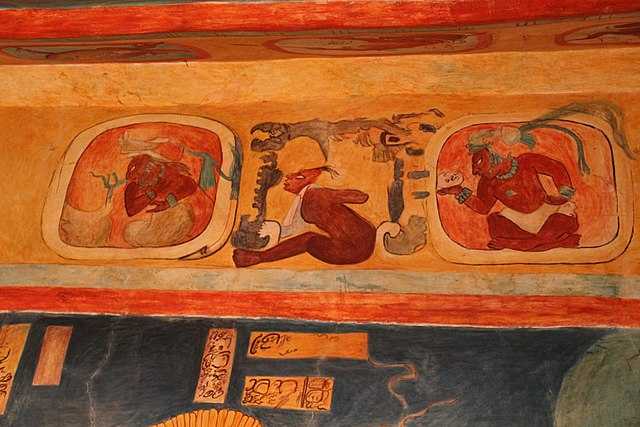
Who is older Aztec, Inca or Mayan?
Of the three great civilizations of Mesoamerica – the Aztecs, the Incas, and the Mayans – the Mayans are the oldest. The Mayan civilization dates back to 2000 BC, while the Aztec and Inca civilizations emerged much later, around the 13th and 15th centuries AD, respectively.
The Mayans, Aztecs, and Incas were distinct civilizations, each with their own unique cultures, religions, and social structures. However, they also had many similarities, including their impressive architectural achievements, their complex calendars, and their polytheistic religions.
The Mayans had a significant influence on the later Aztec civilization, particularly in the realms of art, writing, and religion. Many Aztec gods have Mayan counterparts, and Aztec writing shows clear influences from Mayan hieroglyphs.
The Incas, located in South America, were more isolated from the Mayans and Aztecs. However, they developed a similarly advanced civilization, known for its impressive architecture, sophisticated agriculture, and complex social structure.
While the Mayans, Aztecs, and Incas each had their own unique cultures and achievements, they all share a common legacy as advanced civilizations that made significant contributions to human knowledge and culture.
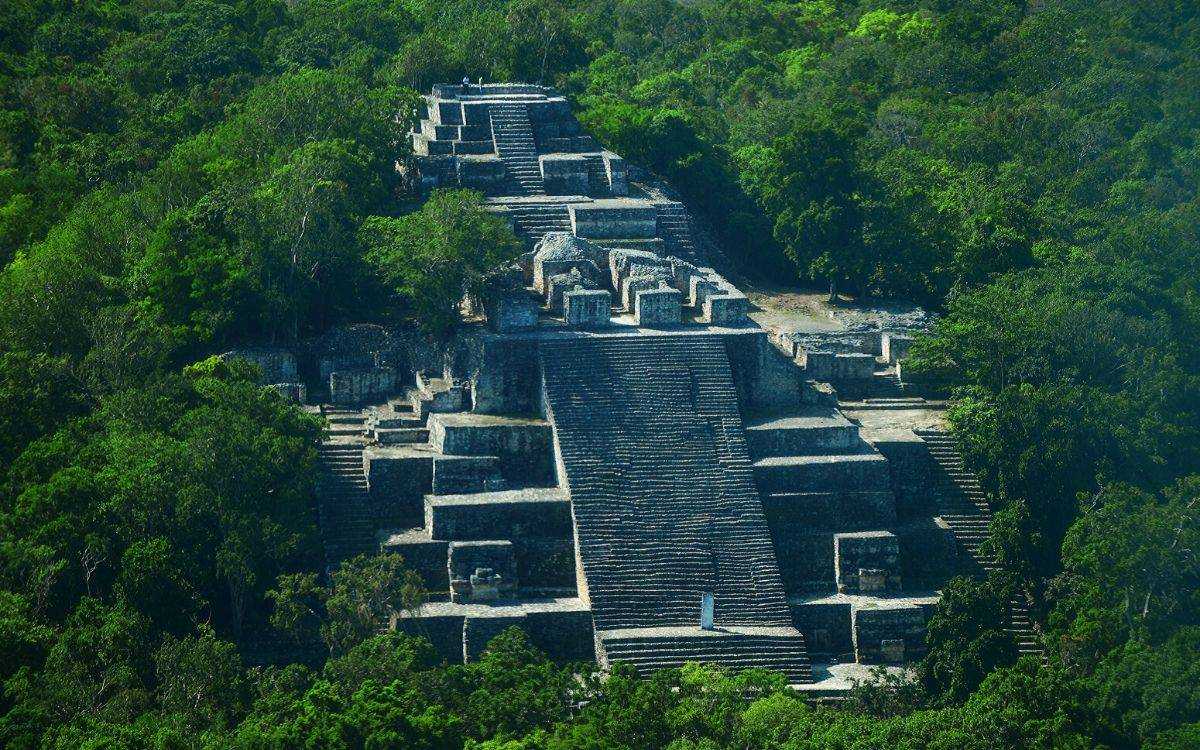
Conclusion and Sources
The Ancient Mayans were a fascinating civilization, known for their advanced knowledge, complex religion, and unique social structure. Their achievements in art, architecture, writing, and astronomy continue to impress us today, and their religious practices offer intriguing insights into their worldview and cultural identity.
While the Mayans, like all civilizations, had their darker aspects, including human sacrifice and slavery, it’s important to view these practices in their historical and cultural context. The Mayans were not defined by these practices, but rather by their resilience, creativity, and profound understanding of the world around them.
For further reading and verification of the information provided, please refer to the following sources:

